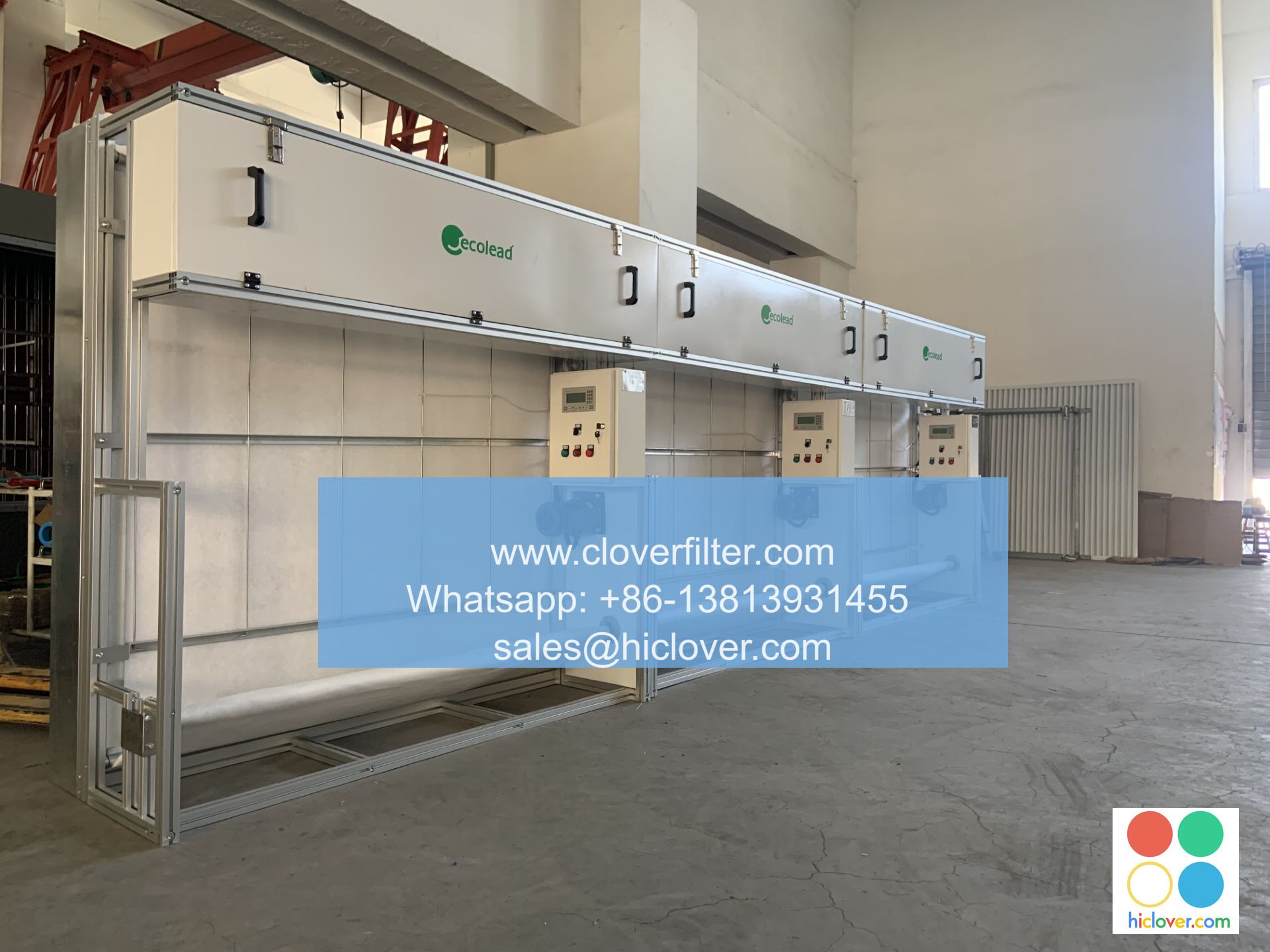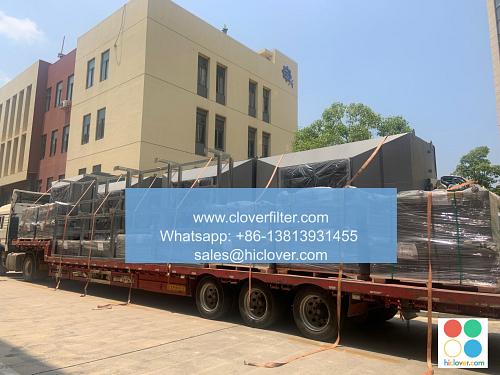The Importance of Air Filtration in University Research Settings

Air filtration is a critical component in university research settings, playing a vital role in maintaining a safe and healthy environment for students, faculty, and staff. Indoor air quality (IAQ) is of utmost importance in these settings, as researchers often work with chemicals, biological agents, and other hazardous materials that can release airborne contaminants. In this article, we will discuss the importance of air filtration in university research settings, highlighting various application areas and key technologies used to maintain optimal air quality.
Why is Air Filtration Important in University Research Settings?
University research settings involve a range of activities, including laboratory experiments, animal research, and chemical synthesis. These activities can generate airborne contaminants, such as particulate matter (PM), volatile organic compounds (VOCs), and bioaerosols, which can pose health risks to researchers and students. Effective air filtration systems can help remove these contaminants, reducing the risk of respiratory problems, allergic reactions, and infectious diseases. Moreover, good IAQ is essential for maintaining the integrity of research and ensuring the accuracy of results.
Application Areas for Air Filtration in University Research Settings
Air filtration is essential in various application areas within university research settings, including:
- Laboratories: Chemical fume hoods, biosafety cabinets, and laminar flow workstations require effective air filtration to remove airborne contaminants and maintain a safe working environment.
- Animal research facilities: Air filtration is crucial in animal housing and procedural areas to prevent the spread of zoonotic diseases and maintain optimal animal health.
- Classrooms and teaching laboratories: Good IAQ is essential for maintaining a healthy and productive learning environment.
- HEPA filters: High-efficiency particulate air (HEPA) filters are designed to capture 99.97% of particles as small as 0.3 microns, making them ideal for laboratory settings.
- Activated carbon filters: These filters are effective in removing VOCs and other gaseous contaminants from the air.
- UV-C light technology: Ultraviolet-C (UV-C) light technology is used to inactivate microorganisms and prevent the spread of infectious diseases.
Key Technologies for Air Filtration in University Research Settings
Several key technologies are used in air filtration systems for university research settings, including:
Conclusion
In conclusion, air filtration is a critical component in university research settings, playing a vital role in maintaining a safe and healthy environment for students, faculty, and staff. By highlighting various application areas and key technologies used in air filtration systems, we can better understand the importance of optimal air quality in these! settings. As research activities continue to evolve, the need for effective air filtration systems will only continue to grow, emphasizing the importance of investing in high-quality air filtration solutions to maintain a healthy and productive research environment.

